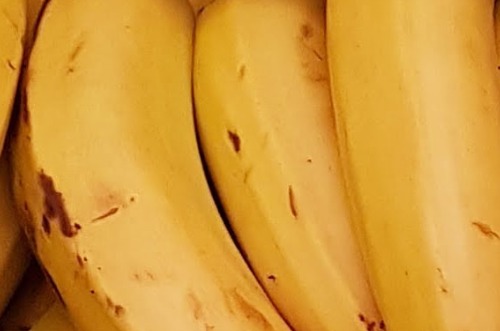
In W35 in the banana landscape, Ecuador's banana industry confronts climate-related production challenges, impacting output. However, export expansion, notably in the European Union (EU) market, underscores resilience and price gains. The United States (US) banana market experienced price fluctuations due to supply-demand dynamics. Diminished demand led to price declines, but shifts in sourcing countries and market preferences prompted adjustments. Anticipated demand recovery suggests a favorable price outlook for fresh bananas in the near future. Congestion in the Panama Canal, adverse weather, and heightened demand are forecasted to elevate prices in China.
In the first half of 2023, Ecuador's banana exports experienced significant growth, with a total of 220.85 million boxes shipped, marking a 6.4% increase compared to the same period in 2022, when 207.56 million boxes were exported. The EU remained the largest market, accounting for 30.20% of the share, followed by Russia at 21.78% and the Middle East at 14.11%. These three regions collectively received 145.97 million boxes of bananas. Notable increases in exports were observed in the EU (20.53%), the UK (18.87%), and Africa (18.13%) compared to 2022 figures. Exported bananas were of the type 22xu variety, constituting 85.33% of the total, followed by type 208 boxes at 10.47%. Organic bananas accounted for 3.82%, Baby banana type boxes 0.37%, and Red banana type boxes represented 0.01%.
Ecuador faces growing challenges due to climate change. Warmer temperatures and extreme weather events increased the spread of fungi like Tropical Race 4, leading to more frequent fungicide spraying and higher production costs for banana growers. Additionally, the threat of El Niño-induced heavy rains in coastal Ecuador raises concerns about potential flooding and crop damage, which could result in significant losses for the industry.
Other major banana-producing countries have also experienced the effects of extreme weather events, indicating a broader trend of climate-related challenges in the industry. While some regions have seen increased banana production due to changing climate conditions, the long-term impact of climate change on banana production remains a topic of ongoing analysis and concern.
In W34, Peruvian fresh banana shipments totaled 3.40 thousand tons, marking a 10% decline from the previous week and a 15% drop compared to the same period in 2022. So far in the current campaign, banana shipments are down by 2% compared to the previous year, totaling 142.13 thousand tons. Peruvian bananas were sent to 11 destinations, with the Netherlands receiving the largest share (28%), followed by Panama (27%) and South Korea (12%). Exports to these countries experienced fluctuations in volume compared to the previous week and year, with specific Peruvian export companies playing significant roles in each market.
During W34, the average price of bananas in Birmingham and London, UK, stood at USD 1.16/kg (EUR 1.08) for Colombian bananas, a 3% drop week-on-week (WoW). Panamanian bananas are priced at USD 1.11/kg (EUR 1.04/kg), maintaining the same price as W33. Guatemalan bananas are priced at USD 1.19/kg (EUR 1.11), and Costa Rican bananas at USD 1.25/kg (EUR 1.17/kg).





